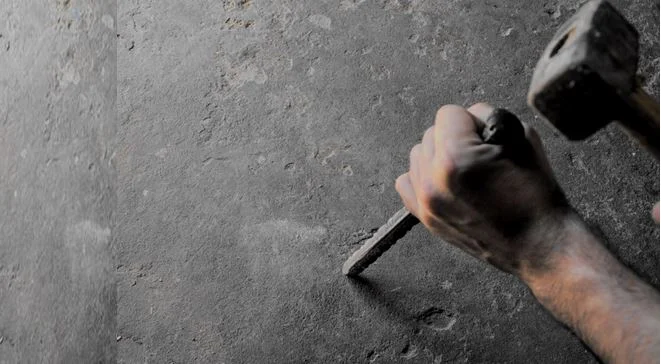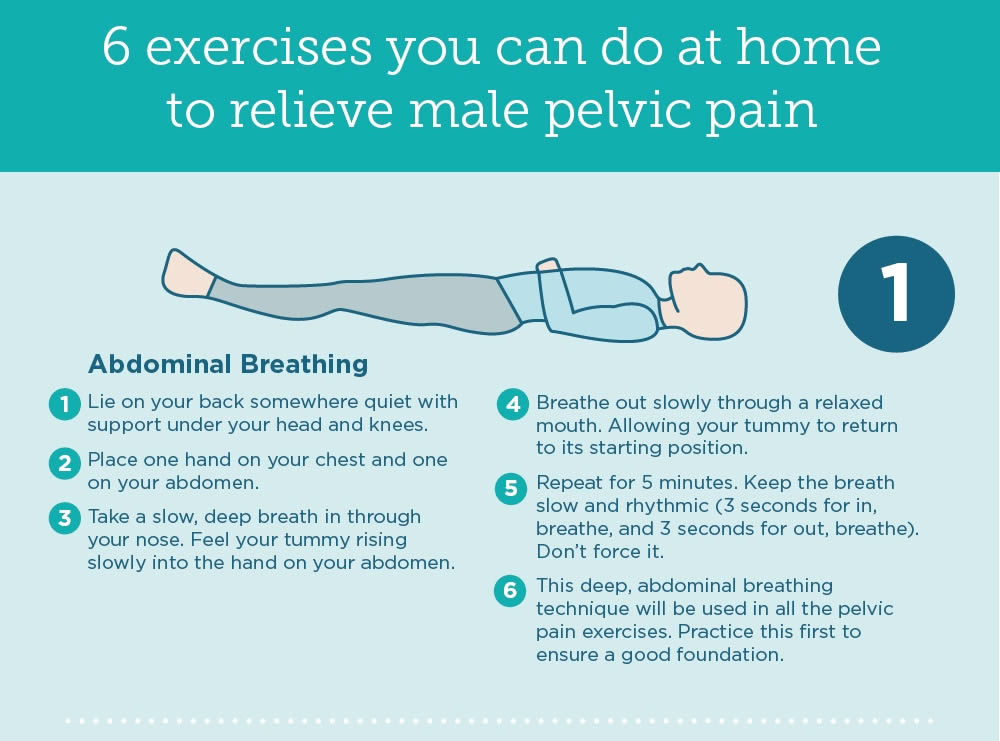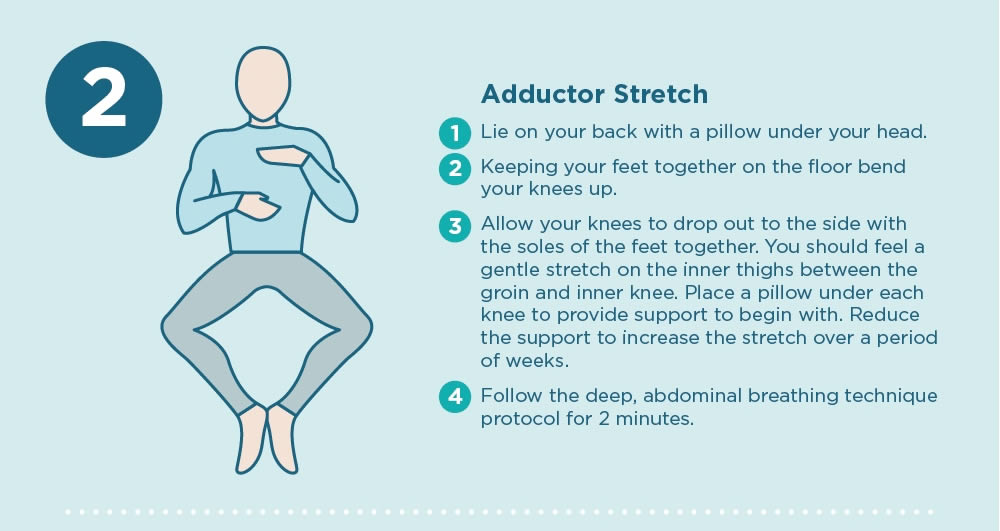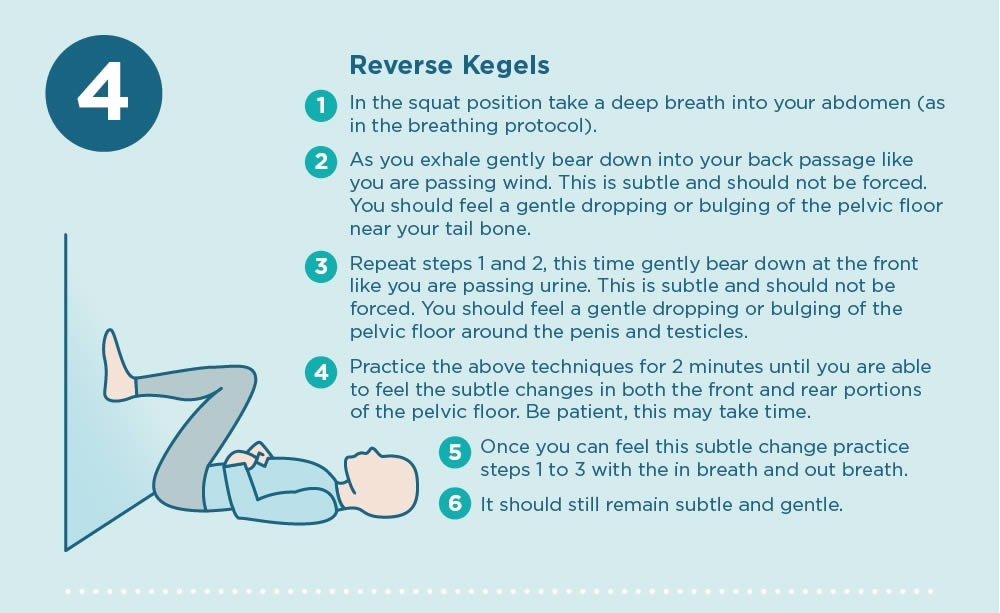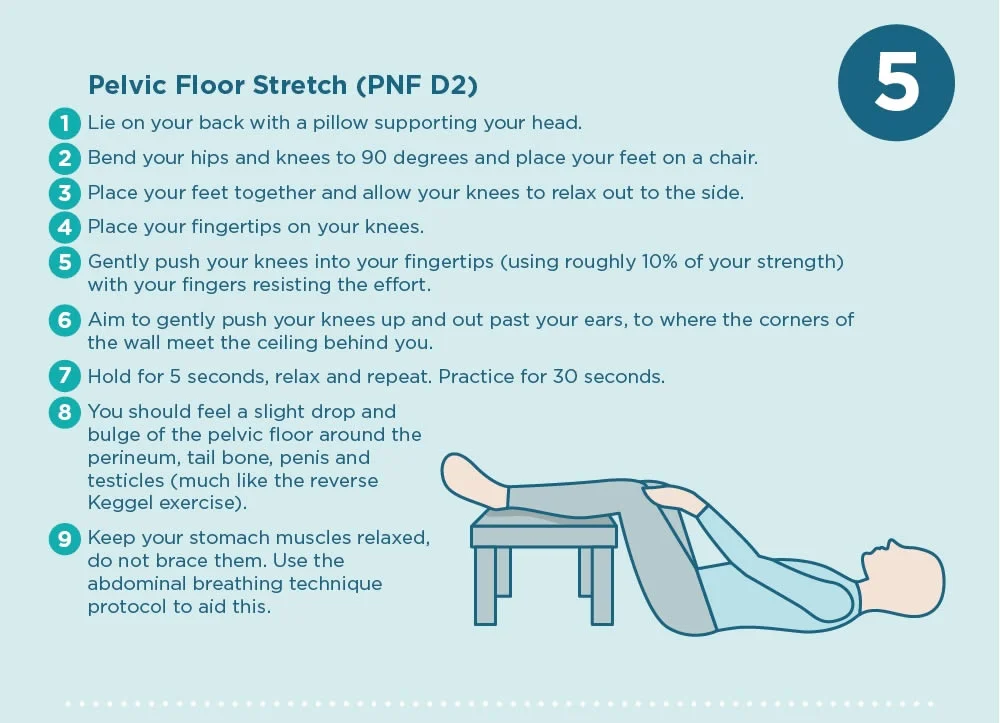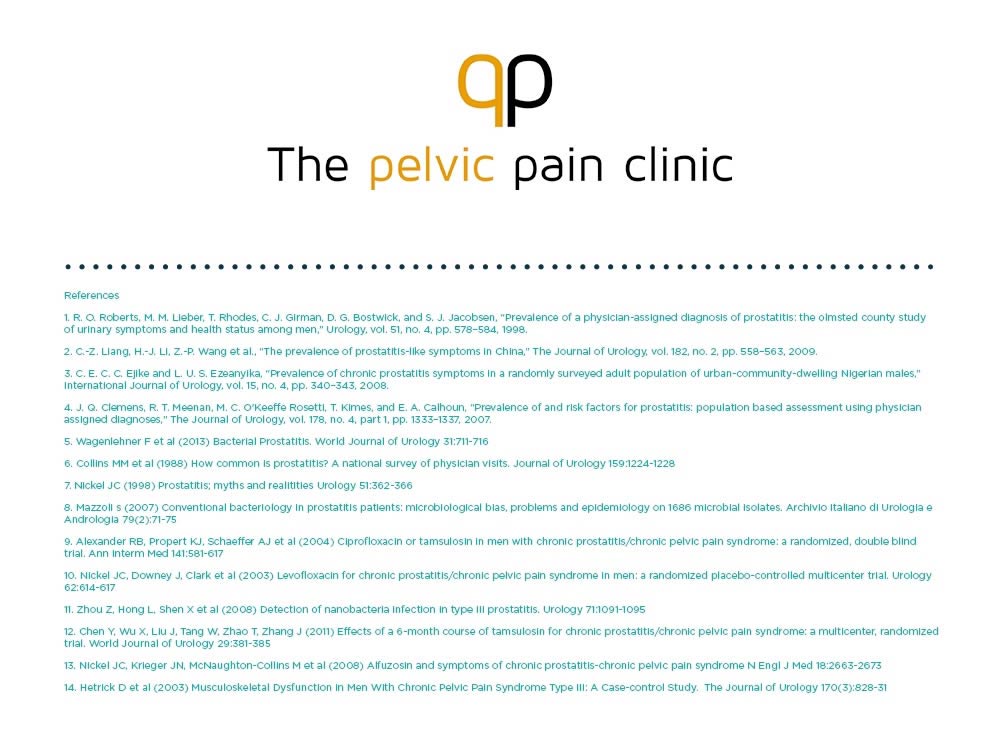Pelvic Floor Pain
One of the most common reasons both men and women seek out medical care from an Urologist (Specializes in urinary track medicine) is pelvic pain and urinary disorders. These disorders can solely be pain and discomfort related or also exhibit flow and immediacy symptoms. Symptoms can be severe and have life changing consequences.
Symptoms can include lower abdominal pain, testicular pain for men, perineal pain, rectal pain and low back pain. Other symptoms may include low urine flow, hesitancy, dribbling, constipation and erectile dysfunction. The symptoms can be severe and greatly affect quality of life. Sitting may become difficult and painful. activities that strain the abdomen or low back may need to be curtailed.
If you noticed many of the symptoms are similar to those of Benign Prostatic Hyperplasia (enlarged prostate) or Prostatitis (inflammation of the prostate) you would be correct. There are 4 types of prostatitis: acute bacterial, chronic bacterial, nonbacterial and asymptomatic. The most common of these is the nonbacterial version also referred to as CP/CPPS. If you suffer from any of these symptoms it is advisable to seek out an Urologist to rule out any more serious potential illnesses and to find the best course of treatment for you.
Unfortunately, since the most common form of prostatitis is the nonbacterial form there is no real definitive cure. Most treatment involves treating the symptoms. This may include pharmaceuticals (many with bad side effects), supplements, stress reduction and in some cases surgical procedures. Recent research suggests that nonbacterial prostatitis may actually be a pelvic floor dysfunction and not prostate related at all. Overly tight, strained or malfunctioning pelvic floor muscles may be stressing the surrounding tissues and leading to these symptoms. Whereas much has been made about the need to strengthen the pelvic floor (Kegel exercise) little attention is addressed to the issue that may well be an overly tight or tense pelvic floor.
A handful of studies are starting to exhibit greater relief of symptoms in those without a bacterial or obstructive cause by doing pelvic floor physical therapy. Below we listed a few exercises meant to relax the pelvic floor from The Pelvic Floor Clinic’s website. For more information go to www.thepelvicfloorclinic.co.uk. These exercises should be beneficial to both men and women. If your symptoms continue or are severe you should seek out medical attention.
